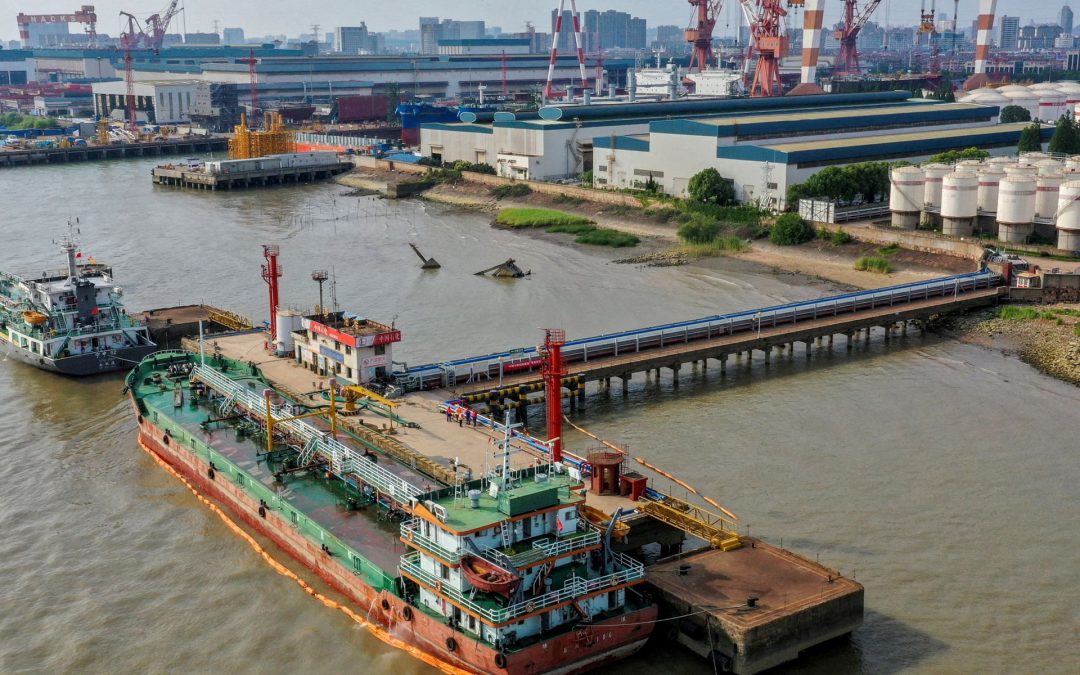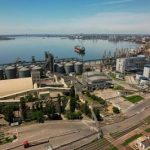Industry debate on future fuels continues to evolve, from the visionary to the practical. There are calls to consider and understand the potential consequences of the relatively minor role that shipping plays in the global industrial hierarchy for access to alternative fuels, such as green hydrogen.
As shipping will be competing with other giant industries, from agriculture to manufacturing, for access to hydrogen supply in the years and decades ahead, it’s time to consider the reality of the impact that the various future fuels on the table will have on maritime’s daily operations.
Putting aside the fundamental issue of whether shipping will be able to consistently and reliably access future fuels, we can say with certainty that a green shipping value chain will be exponentially more expensive than the current bunkering supply chain, and that there are still questions over the availability and price of future fuels.
For example, considering that it takes two tonnes of methanol to do the same work as one tonne of HFO (19.7 MJ/kilogram compared with 41.8 MJ /kilogram for HFO), the ‘real’ price to operate a methanol-fuelled vessel is pushed up to $2,000 a tonne; over 300% more than current VLSFO prices, and over 200% more than MGO prices.
Transporting these fuels also comes with its own set of new risks and challenges. Ensuring safety and maintaining asset value are therefore paramount, as are shorter term concerns of cleaning the fuel and cargo tanks themselves. Fuel tank coatings are an established essential, regardless of which alternative fuel the shipping industry considers its current favourite.
For more than 140 years, Nippon Paint Marine has pioneered the development of market leading coatings solutions for the international shipping industry, inspired by the real-world challenges that its customers face. The company offers coating technologies for future fuels. Its Hi-Pon range of coatings are suitable for many different types of green future fuels, from ethanol or methanol derived from palm oil, and methanol and ammonia fuel liquid from recycled CO2, wind energy and water electrolysis. Hi-Pon 80-03 is an epoxy phenolic primer and Hi-Pon 80-04 is an epoxy phenolic topcoat, a 3rd generation material conforming to EI1541 aviation fuel requirements and potable water conforming to BS6920 standards. It has been applied as coating system for multiple use cases, from applications on methanol fuel tanks, jet fuel tanks and insulated piping and fittings. Hi-Pon 80-23 is a two-pack zinc ethyl silicate tank lining applied in a single coat that can be used in immersion, suitable for carrying fuel like petroleum and methanol that are neither too acidic nor alkaline, or for dry cargoes that do not contain water and will remain free from water contamination during their transit.
Given the exponential price increase of low and zero-carbon fuels above current fuels, the cost implications of a decarbonised shipping industry are unviable without the adoption of proven technologies, available today, that can reduce fuel consumption and the cost of operation.
Nippon Paint Marine’s coatings use the latest science and technology to enable customers to increase operational efficiencies when it comes to maintaining asset value and safe operations, as well as reducing GHG emissions and fuel costs with its hull coating technologies.
Ship owners that can demonstrate enhanced levels of operational, environmental and cost efficiency and sustainability will be more competitive, as well as ensuring compliance with current and future incoming regulation. Whether that’s from using an alternative fuel like methanol, or transporting it elsewhere safely and effectively, the coatings technology is available today to make this a genuine reality.
Source: Hellenic Shipping News






